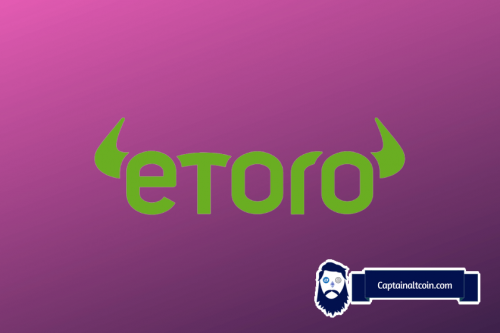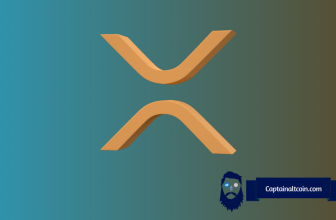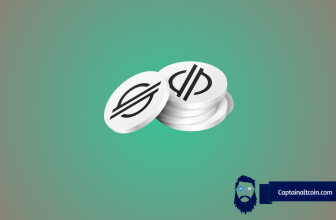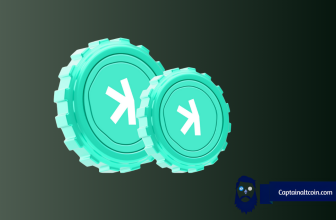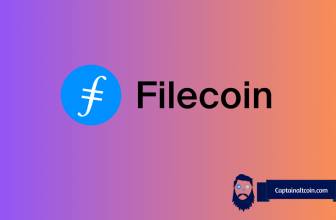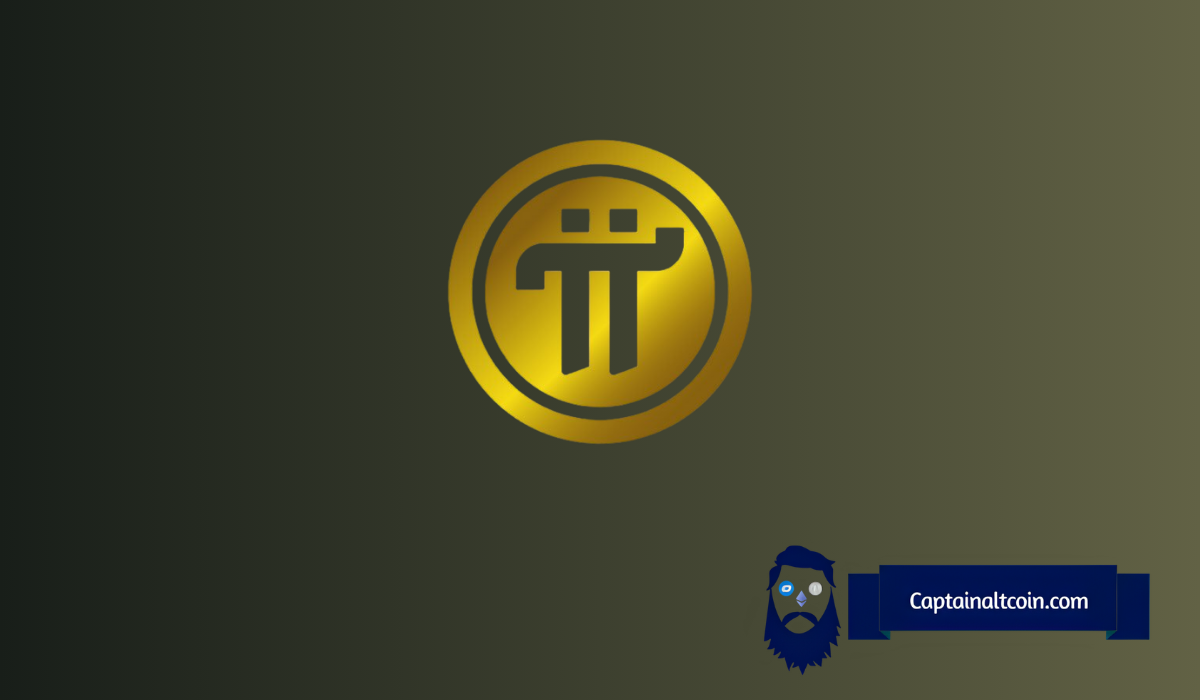
There’s a lot of controversy and speculation about the Pi Network project ever since it officially launched on mainnet in late February. The Pi Coin price is barely moving in the past few days, trading in the $0.75–$0.80 range. So, the biggest crypto YouTube channel, Coin Bureau, which has almost 2.7 million subscribers, took the time to clear the air about the Pi Network project.
In their deep-dive video, host Nick breaks down everything – from who really founded Pi, to how it works, how it makes money, and whether or not the Pi coin could ever reach that magical $5 mark. Spoiler: It’s not impossible, but it’s not what you think either.
Let’s start with the big players behind Pi. While the project is mostly associated with Stanford grads Nicholas Kokalis and Chengdiao Fan, the original team actually included four founders. Vincent McPhillip and Aurelien Schiltz were also part of the early core group. However, Vincent left the project under controversial circumstances and even filed a lawsuit, which was quietly settled in 2023. Aurelien stayed and is still actively contributing to Pi’s codebase.
One of the most important things to understand about Pi Network is how it actually works. Unlike most crypto projects that use proof-of-work or proof-of-stake, Pi runs on a modified version of the Stellar Consensus Protocol. It’s extremely centralized – only 28 nodes and 3 validators exist, and all three validators are run by the Pi core team. That level of control has raised red flags for people looking for a truly decentralized currency.
As for mining Pi, it’s not really mining in the traditional sense. Users tap a button once a day to prove they’re human and active. It’s more like a gamified rewards system than a blockchain consensus mechanism. And while millions of users have done KYC to claim their tokens, only a fraction of the total supply is actually unlocked and tradable.
This brings us to the tokenomics. Pi has a massive max supply of 100 billion coins. Sixty-five percent is set aside for mining, while the rest goes to the team, the foundation, and liquidity. So far, 7.2 billion coins have been mined, but just 2 billion are unlocked for users. Meanwhile, over 3 billion Pi are unlocked for the team and the foundation. That means the core team controls more of the circulating supply than the entire user base combined.
Now, the million-dollar question: can Pi Coin really reach $5?
Technically, yes, but only under certain conditions. The low liquidity on exchanges makes it easier to pump the price. There are only around 300 million Pi coins sitting on known exchange wallets. That’s tiny compared to other major cryptos. And if the team is strategically selling coins over-the-counter (OTC) and using those funds to work with market makers, they could keep prices artificially high – at least for a while.
Nick explains that this kind of price manipulation isn’t unique to Pi. It’s happened with other major projects, too. But because Pi has such low available supply on exchanges, it’s much easier to move the price. That’s how some people believe Pi could hit $5, even if its fundamentals don’t justify that valuation.
The video also touches on upcoming milestones, which could drive more attention and possibly boost price. These include making it easier to migrate coins to mainnet, converting Fireside forum tokens into Pi, and onboarding more developers. But Nick warns that Pi Network’s lack of transparency and slow communication with its community are holding it back. Even now, their roadmap seems outdated and incomplete.
There are other concerns too. The KYC process, which Pi handles in-house, raises questions about data privacy and legitimacy. If institutions and exchanges don’t trust it, they won’t get involved. And without their support, Pi’s growth could stall.
In the end, the Pi Coin hype is built on a strange mix of potential and mystery. It has millions of users, but very little liquidity. It promises decentralization, yet remains tightly controlled by a small team. And it talks about utility, but the ecosystem is still in its early stages.
So, could Pi Coin hit $5? It’s possible, especially if the low liquidity continues and interest spikes from key announcements or listings. But whether it stays there – or even deserves to – depends on how much trust the project can earn from the broader crypto community.
For now, it’s a project worth watching, but maybe not yet betting your house on.
Subscribe to our YouTube channel for daily crypto updates, market insights, and expert analysis.
We recommend eToro
Wide range of assets: cryptocurrencies alongside other investment products such as stocks and ETFs.
Copy trading: allows users to copy the trades of leading traders, for free.
User-friendly: eToro’s web-based platform and mobile app are user-friendly and easy to navigate.

